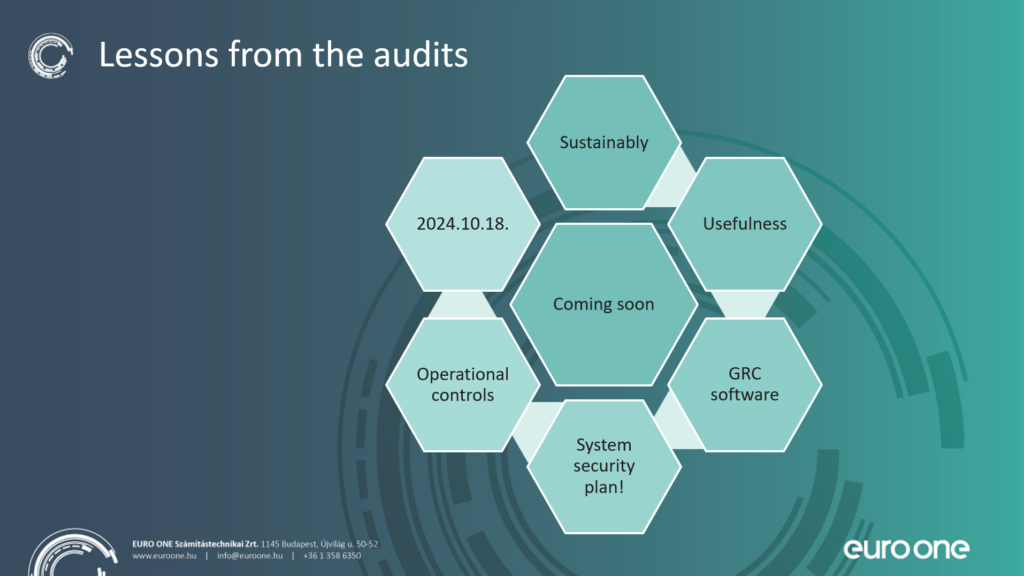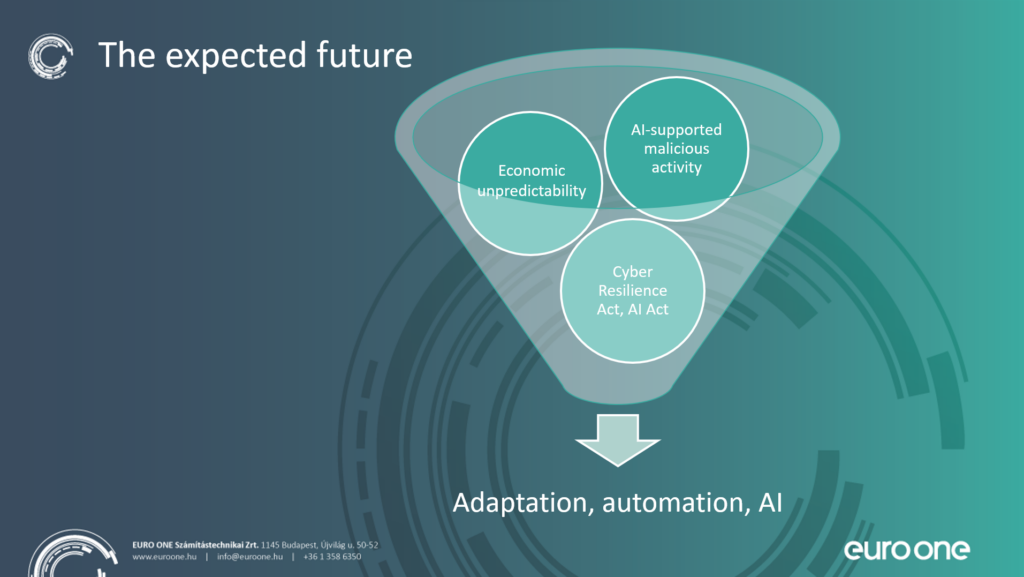NIS2 Compliance in Hungary: Key Insights and Lessons from Early Audits
![]() Gergely Lesku
Gergely Lesku
![]() 2025.07.31
2025.07.31

The NIS2 Directive marks a major step forward in cybersecurity regulation across Europe, including Hungary. While the path to compliance has posed challenges, it has also opened doors for long-term improvement, especially for early adopters preparing since 2022.
Navigating Capacity Constraints
Over 4,000 Hungarian organizations fall under the regulation, but with only ten auditing firms available, the process has been intense. SOCWISE consultants have played a crucial role through training, GAP analyses, and project execution — particularly in incident management.
Key Steps to Compliance
Preparation typically involves:
- Planning & Assessment: Reviewing current systems and incident management.
- Policy Development: Creating clear procedures and assigning responsibilities.
- Technical Readiness: Optimizing IT systems, including EIRs.
- Long-Term Projects: Addressing areas like asset management and log monitoring.
- Self-Audits: Practicing internal checks to anticipate external evaluations.
Common Technological Gaps
Several tools have proven essential:
- GRC Platforms: Necessary for managing complex compliance requirements.
- Log & Incident Management: Still lacking in many organizations despite mandatory reporting from October 2024.
- Endpoint Protection: Inconsistent coverage remains an issue.
- Access Management: Proper IAM systems greatly simplify compliance.
Lessons from Early Audits
While audits vary, typical steps include documentation review, Q&A, system checks, and interviews. Key takeaways include:
- Strong Documentation Matters: Quality controls and procedures are pivotal.
- Explain Exceptions Clearly: Justified gaps can still meet audit standards.
- Focus on Operational Controls: These carry more weight in scoring.
- Approaches Differ: Some auditors allow corrections; others are strict.
- Digital Readiness Helps: GRC tools make audits smoother and faster.

The Security Plan: A Make-or-Break Factor
A detailed system security plan is critical. It’s more than a formality — its absence can lead to audit failure, and its depth reflects real cybersecurity readiness.
Looking Ahead: Compliance Needs Digital Tools — and AI
NIS2, along with upcoming regulations like the AI Act, signals that digital, AI-powered compliance is becoming essential. Cyber threats are evolving rapidly, and organizations must keep pace.

Final Thoughts
Hungarian organizations have made commendable strides in NIS2 compliance. Although the June 30, 2025 deadline has passed, the real opportunity lies in building secure, adaptive, and future-proof systems.
Read the full article on our International subsidiary’s website by clicking on the logo:


